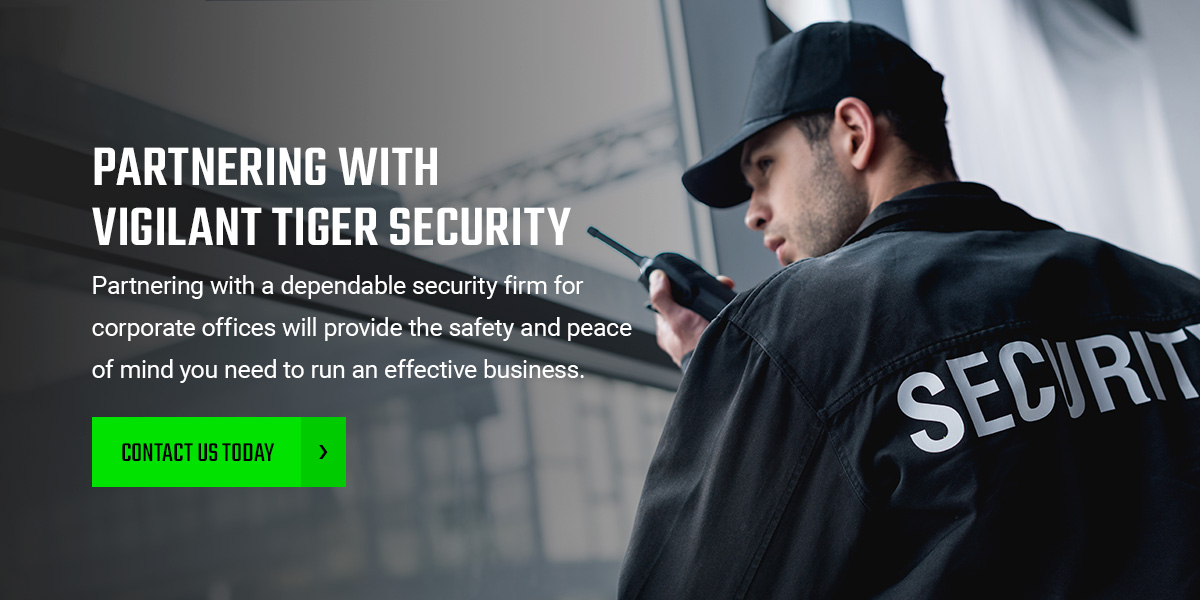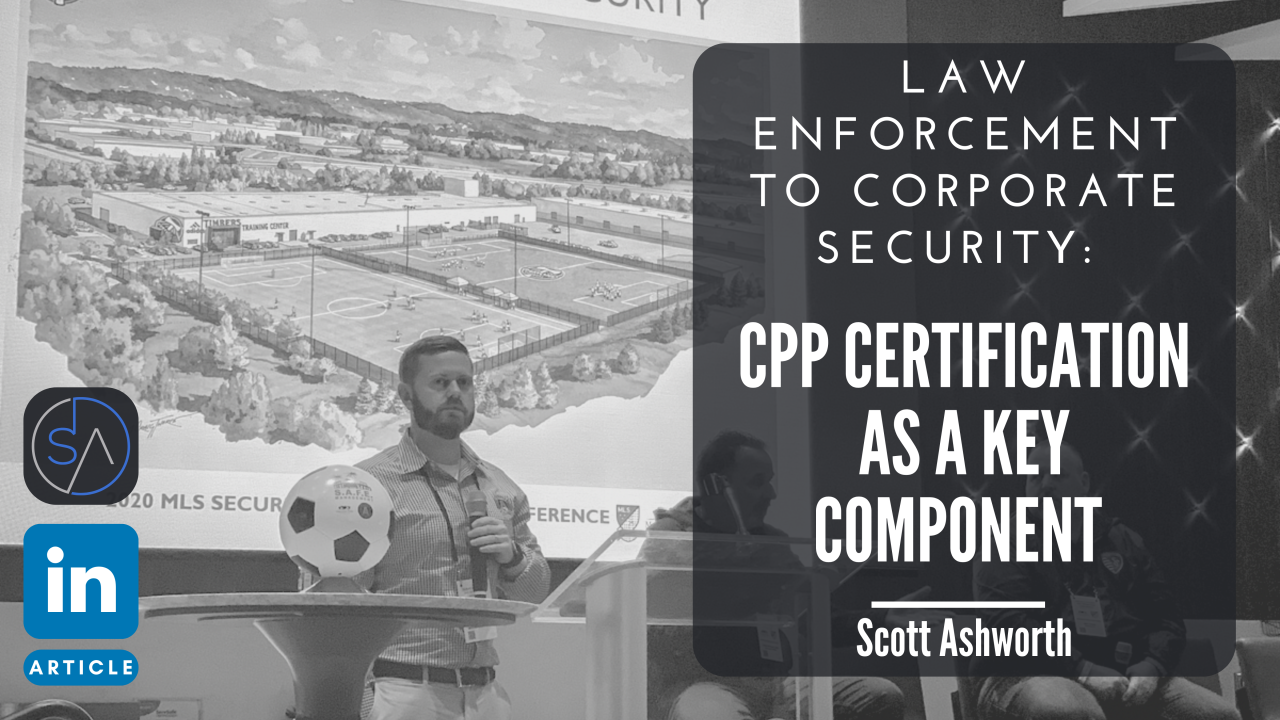Corporate Security Demystified: Reinforcing Your Organization Defenses
From Cybersecurity to Physical Steps: Strengthening Company Protection in a Changing Globe
In today's quickly developing electronic landscape, the significance of business safety and security can not be overemphasized. As cyber dangers become increasingly advanced and widespread, companies should go past traditional cybersecurity procedures to protect their procedures and possessions - corporate security. This is where the assimilation of physical safety measures comes to be critical. By combining the staminas of both cybersecurity and physical protection, business can develop an extensive protection strategy that resolves the diverse series of hazards they face. In this conversation, we will explore the altering threat landscape, the demand to integrate cybersecurity and physical safety and security, the execution of multi-factor verification actions, the significance of worker recognition and training, and the adaptation of safety steps for remote workforces. By taking a look at these key locations, we will get beneficial insights right into just how companies can enhance their company security in an ever-changing world.
Comprehending the Altering Threat Landscape
The evolving nature of the modern-day world necessitates a thorough understanding of the transforming risk landscape for reliable business safety and security. In today's interconnected and electronic age, dangers to business security have actually become much more complex and innovative. As innovation advances and organizations come to be progressively reliant on digital infrastructure, the potential for cyberattacks, information breaches, and other security violations has significantly boosted. It is crucial for companies to stay notified and adjust their protection determines to address these developing dangers.
One trick aspect of comprehending the transforming hazard landscape is acknowledging the various types of threats that organizations encounter. Cybercriminals are continuously creating brand-new strategies to manipulate vulnerabilities in computer system systems and networks. These dangers can vary from malware and ransomware assaults to phishing rip-offs and social design tactics. Additionally, physical threats such as burglary, vandalism, and corporate espionage stay widespread concerns for companies.
Surveillance and examining the hazard landscape is essential in order to recognize possible risks and vulnerabilities. This entails remaining upgraded on the current cybersecurity fads, evaluating threat knowledge reports, and conducting regular threat evaluations. By recognizing the altering threat landscape, companies can proactively apply ideal protection procedures to reduce dangers and safeguard their assets, reputation, and stakeholders.
Integrating Cybersecurity and Physical Protection
Incorporating cybersecurity and physical protection is critical for detailed corporate defense in today's electronic and interconnected landscape. As organizations significantly rely upon modern technology and interconnected systems, the boundaries in between physical and cyber dangers are ending up being obscured. To successfully guard versus these risks, an alternative method that integrates both cybersecurity and physical security actions is crucial.
Cybersecurity concentrates on safeguarding digital possessions, such as information, networks, and systems, from unapproved gain access to, interruption, and burglary. Physical safety, on the other hand, includes actions to protect physical assets, people, and facilities from susceptabilities and risks. By incorporating these two domains, companies can attend to susceptabilities and threats from both digital and physical angles, consequently enhancing their overall safety pose.
The assimilation of these 2 techniques enables for a much more comprehensive understanding of protection threats and enables a unified reaction to cases. For instance, physical gain access to controls can be improved by incorporating them with cybersecurity methods, such as two-factor authentication or biometric identification. Cybersecurity measures can be complemented by physical safety procedures, such as monitoring cams, alarms, and safe and secure access factors.

Implementing Multi-Factor Verification Measures
As organizations progressively prioritize detailed security steps, one reliable approach is the application of multi-factor verification steps. Multi-factor verification (MFA) is a safety and security approach that requires individuals to give multiple types of identification to access a system or application. This method includes an added layer of protection by incorporating something the user understands, such as a password, with something they have, like a security or a fingerprint token.
By carrying out MFA, companies can considerably improve their security position - corporate security. Standard password-based verification has its constraints, as passwords can be quickly endangered or neglected. MFA mitigates these risks by adding an additional verification aspect, making it harder for unapproved people to get to sensitive info
There are a number of sorts of multi-factor verification methods offered, including biometric authentication, SMS-based verification codes, and equipment symbols. Organizations require to examine their certain needs and pick one of the most ideal MFA remedy for their requirements.
Nonetheless, the execution of MFA need to be meticulously intended and executed. It is vital to strike an equilibrium between safety and security and usability to avoid individual disappointment and resistance. Organizations ought to also consider potential compatibility concerns and supply sufficient training and support to guarantee a smooth transition.
Enhancing Staff Member Understanding and Training
To enhance company safety and security, organizations must prioritize improving staff member recognition and training. Numerous protection violations occur due to human error or lack of understanding.
Reliable staff member awareness and training programs should cover a variety of topics, including data protection, phishing attacks, social design, password health, and physical safety and security procedures. These programs should be tailored to the particular requirements and obligations of different employee roles within the organization. Regular training workshops, simulations, and sessions can assist staff members create the essential abilities and knowledge to determine and respond to security dangers successfully.
Moreover, companies ought to motivate a culture of safety and security understanding and supply continuous updates and pointers to keep staff members notified about the most recent dangers and mitigation techniques. This can be done via interior interaction channels, such as newsletters, intranet sites, and email projects. By promoting a security-conscious workforce, companies can dramatically minimize the possibility of protection incidents and protect their valuable properties from unapproved access or compromise.

Adapting Protection Steps for Remote Labor Force
Adjusting business security steps to fit a remote labor force is crucial in making certain the protection of sensitive info and possessions (corporate security). With the raising pattern of remote job, companies must implement suitable safety and security procedures to minimize the threats related to this brand-new way of working
One important element of adapting safety and security steps for remote job is establishing safe interaction networks. Encrypted messaging platforms and virtual personal networks (VPNs) can help safeguard delicate information and prevent unapproved accessibility. Additionally, organizations should enforce making use of solid passwords and multi-factor authentication to boost the safety and security of remote gain access to.
Another crucial factor to consider is the implementation of secure remote accessibility solutions. This entails offering workers with protected accessibility to company sources and data through digital desktop computer framework (VDI), remote desktop computer procedures (RDP), or cloud-based solutions. These technologies ensure that sensitive details stays protected while making it possible for staff members to execute their functions effectively.

Finally, thorough click to read safety and security recognition training is crucial for remote workers. Educating sessions need to cover best methods for safely accessing and taking care of delicate information, determining and reporting phishing attempts, and maintaining the general cybersecurity hygiene.
Final Thought
In final thought, as the risk landscape proceeds to progress, it is important for companies to enhance their safety gauges both in the cyber and physical domain names. Integrating cybersecurity and physical security, applying multi-factor authentication steps, and enhancing staff member understanding and training are vital steps in the direction of accomplishing robust company safety and security.
In this discussion, we will check out the altering danger landscape, the need to incorporate cybersecurity and physical protection, the implementation of multi-factor verification steps, the importance of staff member awareness and training, and the adaptation of safety measures for remote labor forces. Cybersecurity measures can be matched by physical protection procedures, such as surveillance electronic cameras, alarms, and safe and secure access points.
As organizations increasingly focus on comprehensive protection steps, one effective approach is the application of multi-factor verification measures.In final thought, as the hazard landscape proceeds to develop, it is crucial for organizations to enhance their safety determines both in the cyber and physical domains. Incorporating cybersecurity and physical protection, implementing multi-factor Our site authentication steps, and enhancing employee understanding and training are crucial steps towards achieving robust business protection.